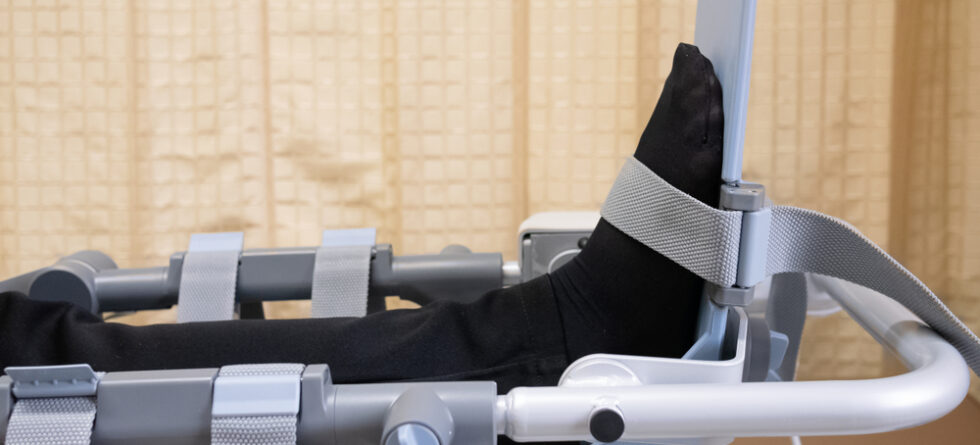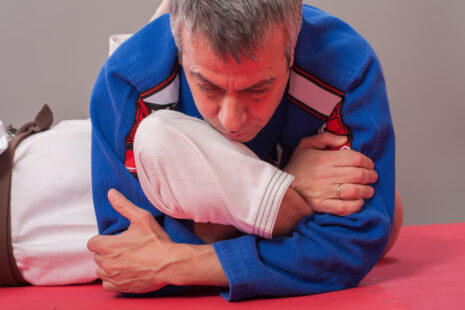The recovery time for ACL (anterior cruciate ligament) injuries can vary widely depending on factors such as the severity of the injury, the individual’s age, overall health, activity level, adherence to rehabilitation protocols, and the type of treatment received (surgical or non-surgical). While some athletes may experience relatively rapid recoveries, it’s essential to prioritize proper healing and rehabilitation to reduce the risk of complications and long-term issues.
With advances in surgical techniques, rehabilitation protocols, and post-operative care, some athletes have been able to return to sports or high-demand activities within 6-9 months following ACL reconstruction surgery. However, this timeline is considered aggressive and may not be appropriate for everyone, particularly those with complex injuries or additional factors affecting recovery.
It’s important to emphasize that rushing the recovery process can increase the risk of re-injury or complications, such as graft failure, persistent instability, or osteoarthritis. Therefore, rehabilitation should focus on gradually rebuilding strength, stability, and function in the knee joint while minimizing stress on the healing tissues.
Athletes should work closely with their healthcare providers, including orthopedic surgeons, physical therapists, and athletic trainers, to develop a personalized rehabilitation plan tailored to their specific needs and goals. This plan should include progressive exercises, functional training, and a gradual return-to-sport protocol to ensure a safe and successful recovery.
While some athletes may achieve faster recovery times, it’s essential to prioritize long-term joint health and function over short-term return to activity. Each individual’s recovery journey is unique, and progress should be monitored closely to adjust treatment as needed and optimize outcomes.




